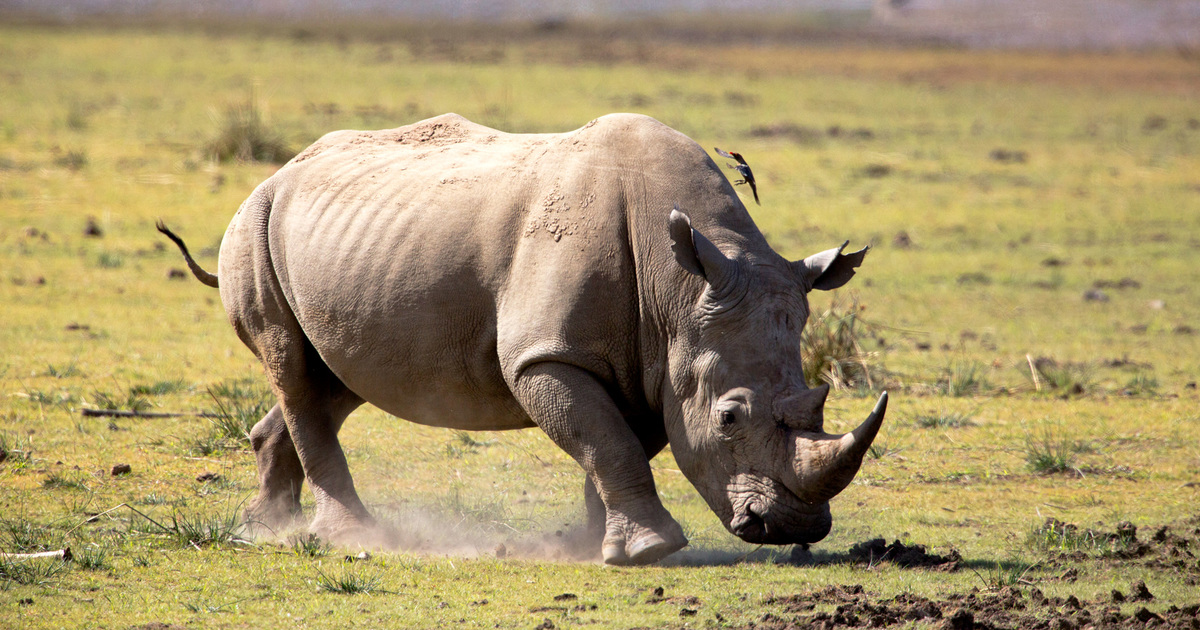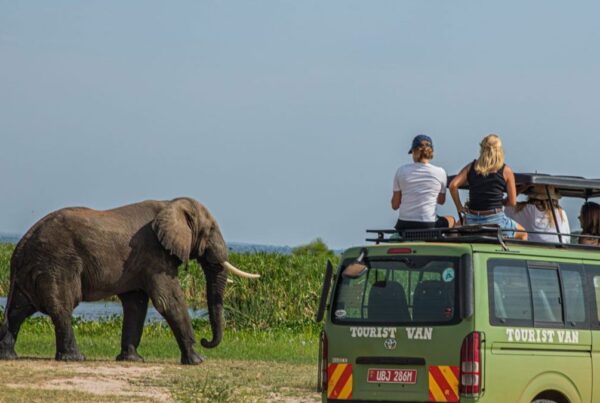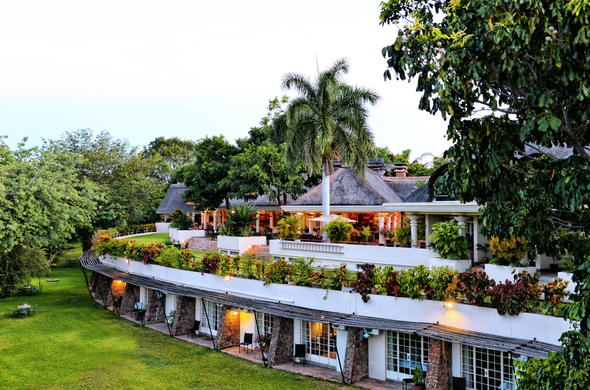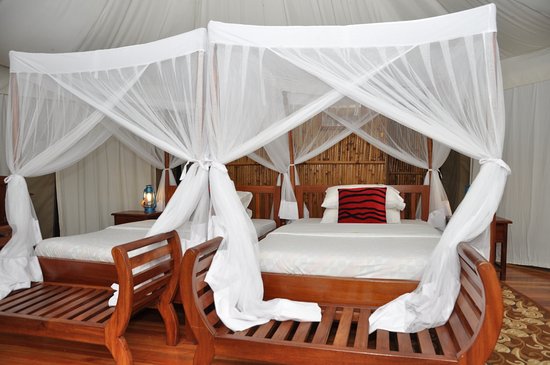Top 12 Best Places To See Rhinos on Safari in Africa
Few creatures stir the soul and command respect like the African rhinoceros. With prehistoric features, powerful frames, and a quiet grace, these ancient mammals symbolize both the strength and fragility of the continent’s wildlife. Today, encountering rhinos in the wild has become one of the most rare and coveted experiences in African safaris—not just because of their grandeur, but because of their tragic decline. Poaching, habitat loss, and human conflict have pushed these animals to the brink, making each sighting deeply poignant and unforgettable.
In this sacred pursuit of seeing rhinos roam free, Africa’s wilderness still offers havens where both black and white rhinos are protected, thriving, and accessible to those willing to journey into the heart of conservation. While their numbers may have diminished, the efforts to safeguard these majestic giants are stronger than ever, and in specific corners of the continent, visitors can still encounter rhinos in their natural habitat under the watchful care of dedicated guardians.
This in-depth guide explores the top 12 best places to see rhinos on safari in Africa—locations where the ancient rhythm of survival continues, and where travelers become witnesses to a living legacy that is as powerful as it is endangered.
1. Hluhluwe–iMfolozi Park, South Africa – The Birthplace of Rhino Conservation
No conversation about rhino safaris begins without acknowledging Hluhluwe–iMfolozi Park, located in South Africa’s KwaZulu-Natal province. Revered as the oldest proclaimed game reserve in Africa, this landscape played a vital role in rescuing the southern white rhino from extinction during the 20th century. Today, the park remains a stronghold for both white and black rhinos, offering a rewarding safari experience amidst its rolling hills and acacia-dotted savannahs.
Visitors to Hluhluwe–iMfolozi are often rewarded with regular rhino sightings, thanks to the park’s high population density and dedicated anti-poaching units. The landscape’s unique blend of river valleys and open plains enhances visibility, making it one of the most accessible places to spot rhinos in the wild.
2. Ol Pejeta Conservancy, Kenya – East Africa’s Leading Rhino Sanctuary
In the shadow of Mount Kenya lies Ol Pejeta Conservancy, a place where rhino conservation meets modern innovation. This 90,000-acre private conservancy is home to the largest population of black rhinos in East Africa and is globally recognized as the last sanctuary for the world’s two remaining northern white rhinos.
What sets Ol Pejeta apart is not just the density of rhinos, but the powerful story it tells. Armed with cutting-edge technology, canine units, and rigorous monitoring systems, the conservancy represents a modern conservation model, where safari tourism directly supports endangered species protection.
Visitors can engage in educational wildlife encounters, including visiting the rhino cemetery and learning about the challenges faced by the rangers. The presence of both white and black rhinos in such proximity offers a rare and deeply moving experience.
3. Etosha National Park, Namibia – A Desert Refuge for the White Rhino
In the arid wilderness of northern Namibia, Etosha National Park rises as a desert-adapted Eden where wildlife congregates around shimmering salt pans and life-giving waterholes. Among the elephants, lions, and giraffes, the southern white rhino quietly claims its place as one of the park’s signature species.
The unique geography of Etosha makes it ideal for self-drive safaris, where rhinos are frequently observed near waterholes—especially in the dry season. These dramatic scenes, often unfolding against a stark, sun-baked backdrop, create some of the most photogenic rhino encounters in Africa.
Etosha also protects a modest population of black rhinos, which are more elusive but equally iconic. The park’s commitment to conservation and its infrastructure make it a prime destination for rhino enthusiasts and photographers alike.
4. Ziwa Rhino Sanctuary, Uganda – Rhino Tracking on Foot
Nestled between Kampala and Murchison Falls National Park, Ziwa Rhino Sanctuary has become Uganda’s beacon of rhino hope. After years of local extinction, rhinos are being reintroduced here under a protected, well-managed initiative.
What makes Ziwa unique is the opportunity it offers for on-foot rhino tracking—a guided, immersive experience that allows visitors to walk within close range of white rhinos in the company of expert rangers. This intimate, low-impact encounter transforms the typical game drive into something deeply personal.
The sanctuary is also a key component of Uganda’s conservation story, acting as the first step in the broader goal of reintroducing rhinos into national parks across the country.
5. Lewa Wildlife Conservancy, Kenya – Luxury and Legacy
Renowned for its holistic conservation approach and high-end lodges, Lewa Wildlife Conservancy in northern Kenya is a UNESCO World Heritage Site and a celebrated stronghold for both black and white rhinos.
Surrounded by dramatic landscapes and ancient cultural heritage, Lewa offers exclusive safari experiences that blend wildlife viewing with conservation education. Its success story is one of collaboration between local communities, private enterprise, and conservationists—a triad that has brought rhinos back from the brink.
Here, sightings are frequent, and the setting is sublime. The chance to witness rhinos grazing on golden plains under Mount Kenya’s snowy crown is something few destinations can rival.
6. Kruger National Park and Its Private Reserves, South Africa – Africa’s Iconic Big Five Destination
Kruger National Park, one of Africa’s most famous safari destinations, continues to be a vital refuge for white and black rhinos, despite facing intense poaching pressures in recent years. The park, along with its adjoining private reserves like Sabi Sand, Timbavati, and Manyeleti, provides diverse opportunities to observe rhinos in the wild.
The private reserves in particular offer more intimate and guided experiences, often allowing off-road tracking and night drives, which increase chances of close-up sightings. The presence of skilled rangers and trackers ensures that every encounter is meaningful and responsibly managed.
7. Mkomazi National Park, Tanzania – A Rare Conservation Frontier
Though lesser known than the Serengeti or Ngorongoro Crater, Mkomazi National Park in northern Tanzania has quietly become a crucial site for black rhino conservation. With the establishment of a specialized rhino sanctuary within its borders, Mkomazi represents a new chapter in Tanzania’s effort to restore its rhino population.
Visitors can tour the sanctuary in guided vehicles and observe rhinos in a semi-wild setting, supported by robust fencing and round-the-clock monitoring. This controlled environment ensures safety for the rhinos while allowing for authentic encounters.
8. Phinda Private Game Reserve, South Africa – Where Conservation Meets Community
Situated in KwaZulu-Natal, Phinda Private Game Reserve has long been a pioneer in habitat restoration and wildlife reintroduction, including black and white rhinos. Managed by &Beyond, Phinda combines luxurious safari experiences with serious conservation science.
Its varied ecosystems—from coastal forest to mountain bushveld—support a high rhino density, and guests are often treated to extraordinary sightings with the guidance of expert rangers. Phinda also supports local communities through conservation-linked livelihoods, ensuring that protecting rhinos becomes everyone’s mission.
9. Matobo National Park, Zimbabwe – Sacred Hills and Stone Giants
Tucked among the granite kopjes of southern Zimbabwe lies Matobo National Park, where history, culture, and wildlife intersect. This UNESCO World Heritage Site is home to one of the highest concentrations of black and white rhinos in Zimbabwe.
The landscape here is surreal—rugged, spiritual, and dotted with ancient San rock art. Rhino tracking is conducted on foot, creating an adrenaline-fueled yet respectful proximity that few safari experiences can match.
10. Okavango Delta, Botswana – Waterways and Wilderness
Though not traditionally known for rhinos, the Okavango Delta has seen successful reintroduction efforts in select private concessions, where both black and white rhinos are now present. These areas, often managed by high-end lodges, allow guests to explore flooded channels and remote islands by mokoro (dugout canoe) and 4×4 vehicles.
The presence of rhinos in such an aquatic, lush ecosystem makes for unusual and striking contrasts—a white rhino grazing alongside elephants and hippos in a palm-fringed delta is an image of Africa at its wildest and most poetic.
11. Lake Nakuru National Park, Kenya – Flamingos and Rhinos in Harmony
Famed for its vibrant flocks of flamingos, Lake Nakuru is also one of Kenya’s premier locations for viewing both black and white rhinos. The park’s compact size and relatively open terrain increase the likelihood of sightings.
Nakuru serves as a critical rhino breeding ground, protected under vigilant park security. Combining birdlife with endangered mammals, the park offers a rewarding safari that balances beauty and biodiversity.
12. Meru National Park, Kenya – The Wild Return of the Rhinos
Once devastated by poaching, Meru National Park has staged a remarkable recovery and now boasts a thriving rhino sanctuary. This rugged, remote landscape—made famous by Joy Adamson’s Born Free—is again a place where rhinos roam free.
Its low visitor numbers ensure a secluded experience, and the landscape, rich with rivers and volcanic soil, creates a cinematic backdrop for rhino tracking. The park’s story is one of resilience and rebirth, mirroring the journey of the rhinos that now call it home.
Secure Your Place in the Legacy of Africa’s Rhinos with WildHorn Africa
To see a rhino in the wild is to witness a living relic of Earth’s ancient past—and to participate, however briefly, in the efforts to protect that legacy. These majestic creatures, once widespread, now depend on the few sanctuaries where they are fiercely guarded and lovingly preserved.
For travelers seeking to encounter rhinos in meaningful, responsible, and unforgettable ways, WildHorn Africa stands ready to craft bespoke safaris to the continent’s finest rhino habitats. With expert planning, conservation-driven itineraries, and access to exclusive reserves, WildHorn Africa ensures that your journey contributes to the protection of what matters most.
Book your African safari with WildHorn Africa today—and become part of the extraordinary story of rhino survival.





 WildHorn Africa – Authentic and unforgettable tours across Africa, guided by local experts who know the land, wildlife, and culture best.
WildHorn Africa – Authentic and unforgettable tours across Africa, guided by local experts who know the land, wildlife, and culture best.


